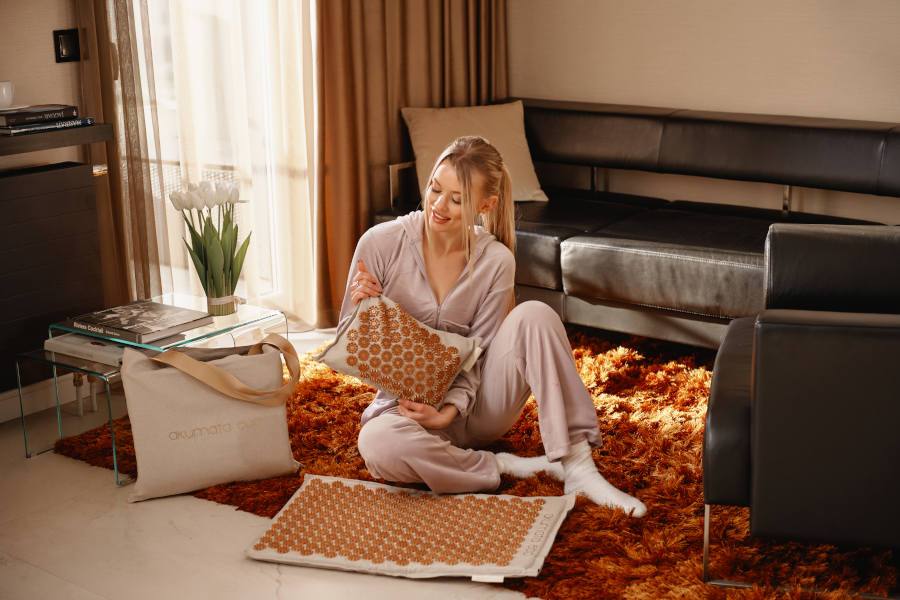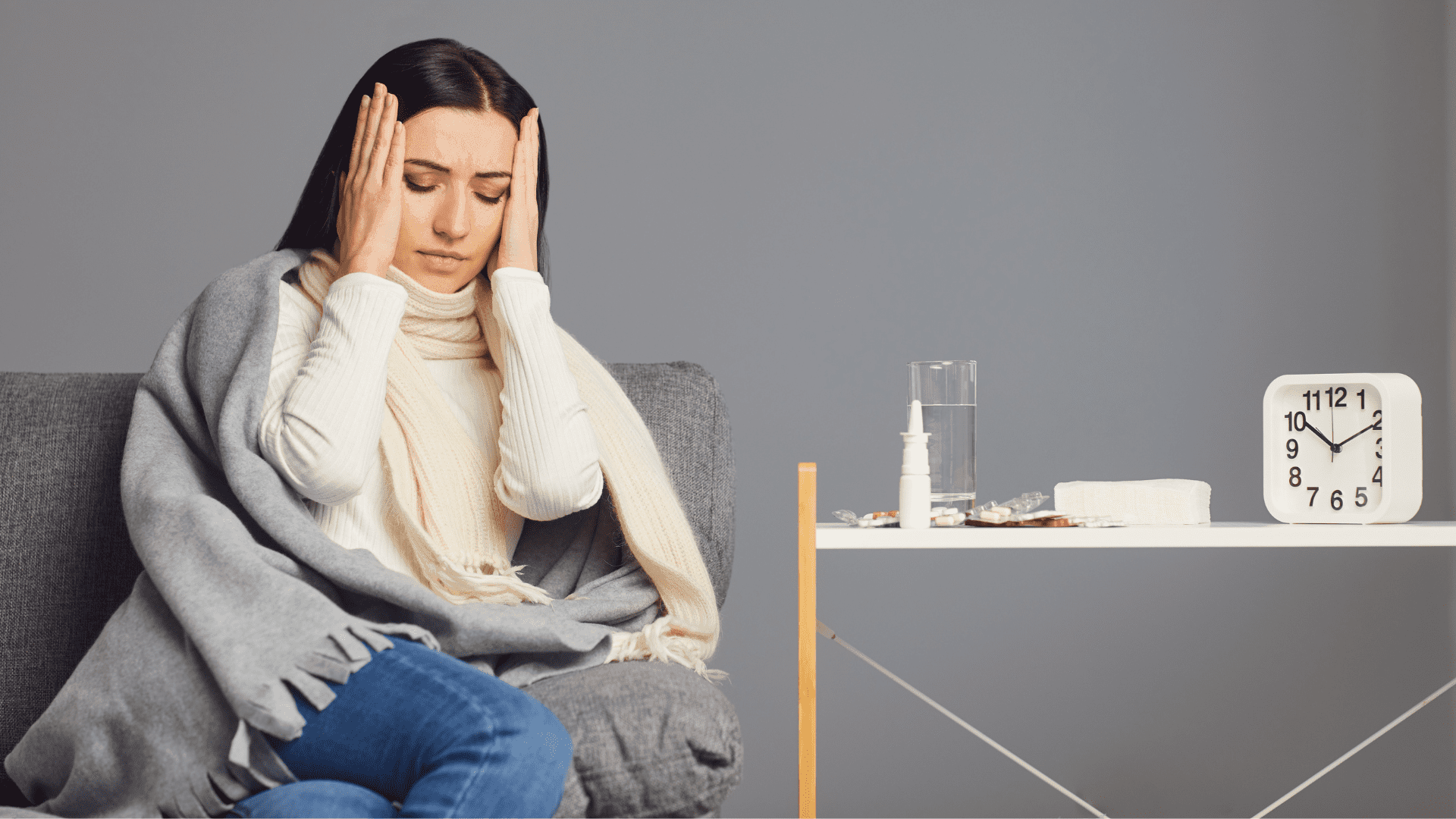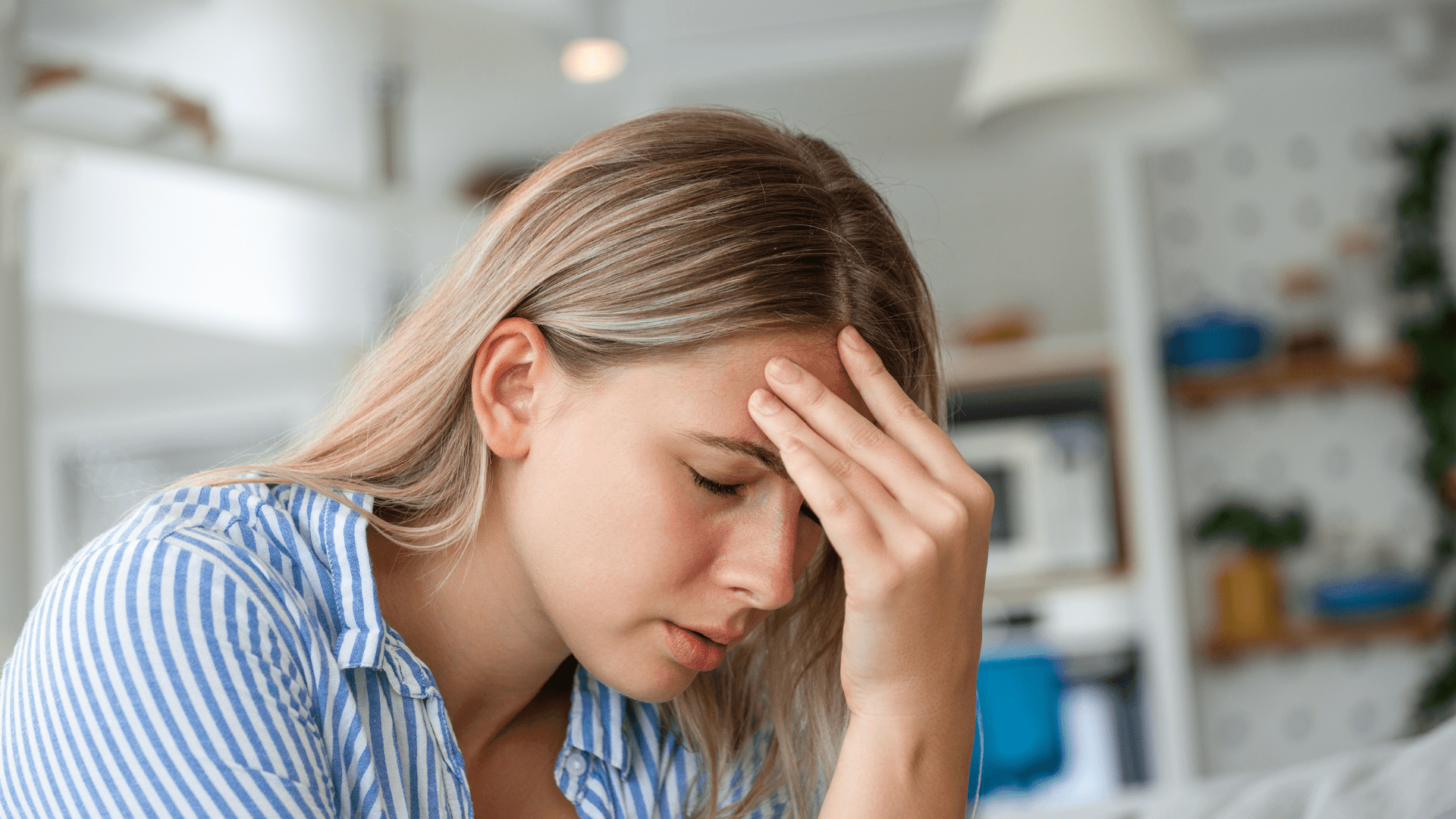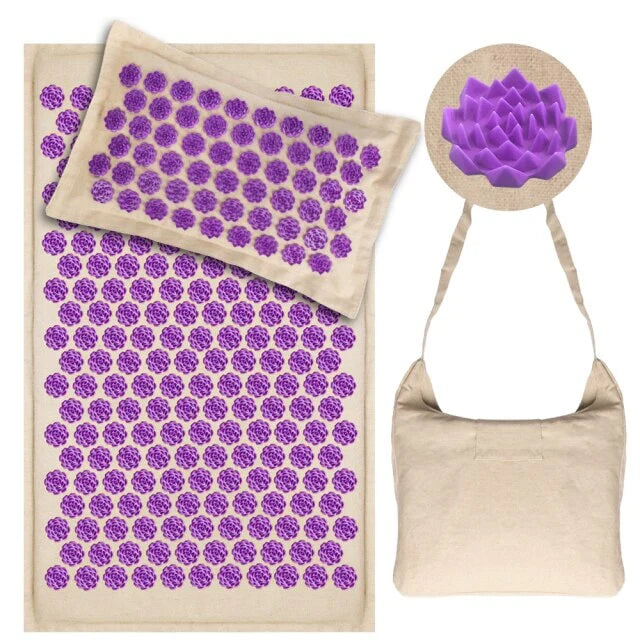Foot reflexology, acupuncture and acupressure
Foot acupuncture, acupressure and reflexology are three therapeutic methods with the common aim of stimulating specific points on the body to promote healing and well-being.
While acupuncture uses needles to stimulate these points, often called "meridians", acupressure and reflexology use manual pressure to achieve similar results.
In the context of the feet, these three techniques can be particularly effective. Foot acupuncture targets specific acupuncture points on the feet to treat various ailments.
If the idea of using needles puts you off, or you'd like to practice on your own, acupressure and reflexology are non-invasive alternatives that you can practice on your own.
By working on the same acupuncture points on the feet, but without the use of needles, these methods can offer comparable benefits in terms of pain relief, improved blood circulation and stress reduction.
So, whether you opt for acupuncture, acupressure or reflexology, you can benefit from a holistic approach to improving your health and well-being.
Looking to lose weight? There are acupuncture points for slimming that act on specific areas of the feet. When stimulated, these points can help regulate metabolism and promote weight loss. These points are often combined with other pressure points on the top of the foot, to maximize the effects.
Many acupressure points correspond to our organs. For example, the left foot is often associated with organs such as the heart and liver.
Acupuncture on the right foot, on the other hand, can be used for problems specific to the right side of the body. Acupuncture points on the top of the right foot are particularly useful for treating digestive or hormonal problems (especially for women).
Whether you're looking to relieve pain, improve the function of a specific organ, or even lose weight, acupuncture and foot reflexology points offer a natural and effective route to well-being.
The benefits of foot reflexology and acupuncture
1. Stress management and relaxation
One of the most significant benefits of foot reflexology is its ability to induce a state of relaxation and manage stress. This relaxation is achieved by stimulating blood circulation, which helps to reduce anxiety and blood pressure.
2. Pain management
Foot reflexology can also be effective in managing acute and chronic pain. Studies have shown that it can significantly reduce post-operative pain and chronic pain in children.
3. Improved digestion
Although research is still ongoing, some experts suggest that reflexology can help improve digestion by stimulating blood flow to the stomach.
4. Eye Fatigue Relief
Reflexology can help relax tense eye muscles, often caused by prolonged use of screens.
5. Improved quality of sleep
Reflexology promotes better blood circulation and deep relaxation, which can contribute to more restful sleep.
How does foot reflexology work?
Foot reflexology is based on the theory that each point on the foot corresponds to a specific area or organ of the body. By applying targeted pressure to these points, we can stimulate vital energy, known as "Qi", and promote general well-being.
- Thumb Pressure: Use your thumb to apply firm pressure to a specific point.
- Circle massage: Use your fingertips to make circular movements over the target point.
- Tapping: This technique involves lightly tapping the point with your fingers.
- Stretching: Gently stretch the area around the point to improve blood circulation.
How do I use a foot reflexology diagram?
A foot reflexology diagram is a useful tool for identifying the points corresponding to different organs and systems in the body.
It is often divided into different zones, such as the head, torso and lower limbs. Use this diagram as a guide to apply pressure to the appropriate points.
Who can benefit from foot reflexology and acupuncture?
Foot reflexology can benefit people of all ages. However, it is particularly recommended for people who :
1. Suffer from stress or anxiety
Acupuncture points on the feet, particularly those on the soles and near the toes, are often targeted to reduce stress and anxiety.
Stimulating these specific points can promote the release of endorphins, the feel-good hormones, which can help calm the mind and reduce stress levels.
2. Have digestive problems
Certain acupuncture points on the feet are directly linked to the digestive system. For example, the point located in the center of the arch of the foot is often stimulated to improve digestion and relieve ailments such as bloating or indigestion. Acupressure or reflexology on this point can help regulate digestive functions.
3. Looking to improve their quality of sleep
Acupuncture points on the feet can also play a role in improving sleep quality. The point near the heel, for example, is reputed to help calm the mind and promote deep, restful sleep. Regular stimulation of this point can help regulate sleep cycles.
4. Suffer from muscle or joint pain
The feet are home to several acupuncture points which are linked to the reduction of muscle and joint pain. The point near the ankle, for example, is often used to relieve joint pain, while other points on the arch of the foot can be effective for muscle pain. Stimulation of these points can help improve blood circulation in the affected areas, offering pain relief.
Side effects and contraindications
According to Barnwell, most people experience a profound sense of well-being and relaxation after a reflexology or acupuncture session. Nevertheless, certain side effects may occur, such as :
- Lethargy or tiredness.
- Nausea.
- A tendency to cry, or feelings of heightened emotion.
- Feeling dizzy or light-headed.
- Intense emotions
Barnwell points out that these effects are generally temporary, and are considered by reflexologists to be an integral part of the healing process.








